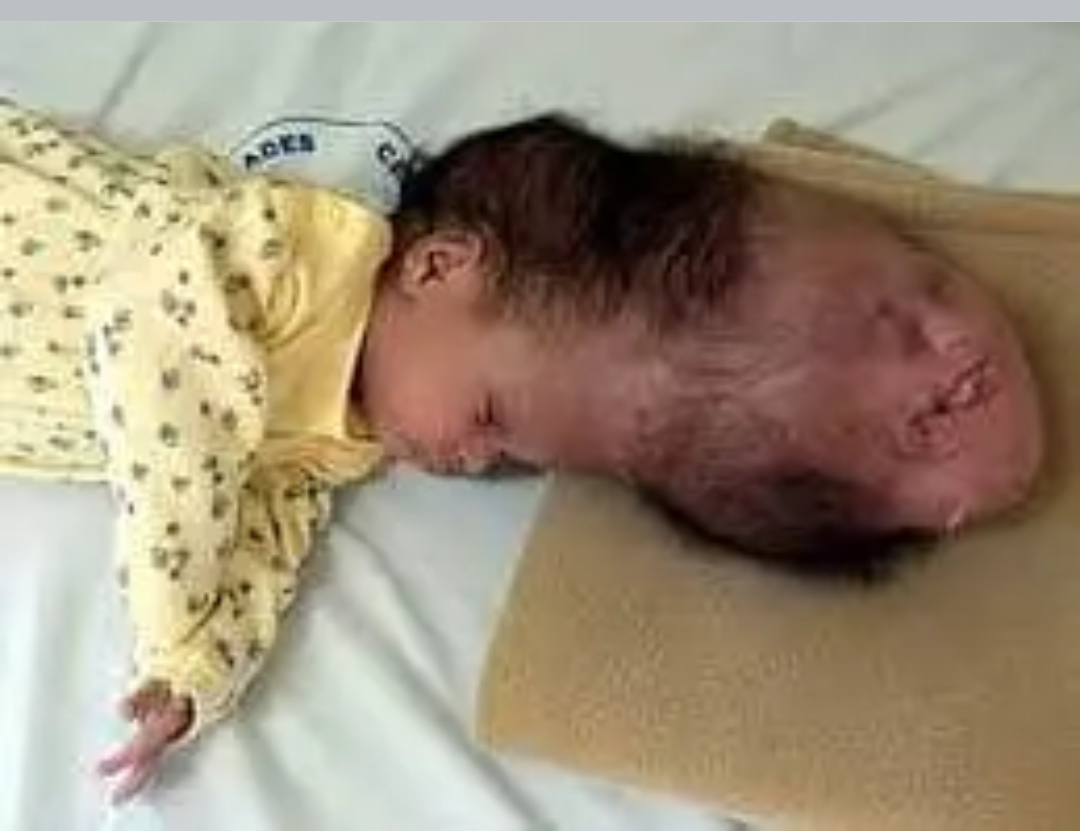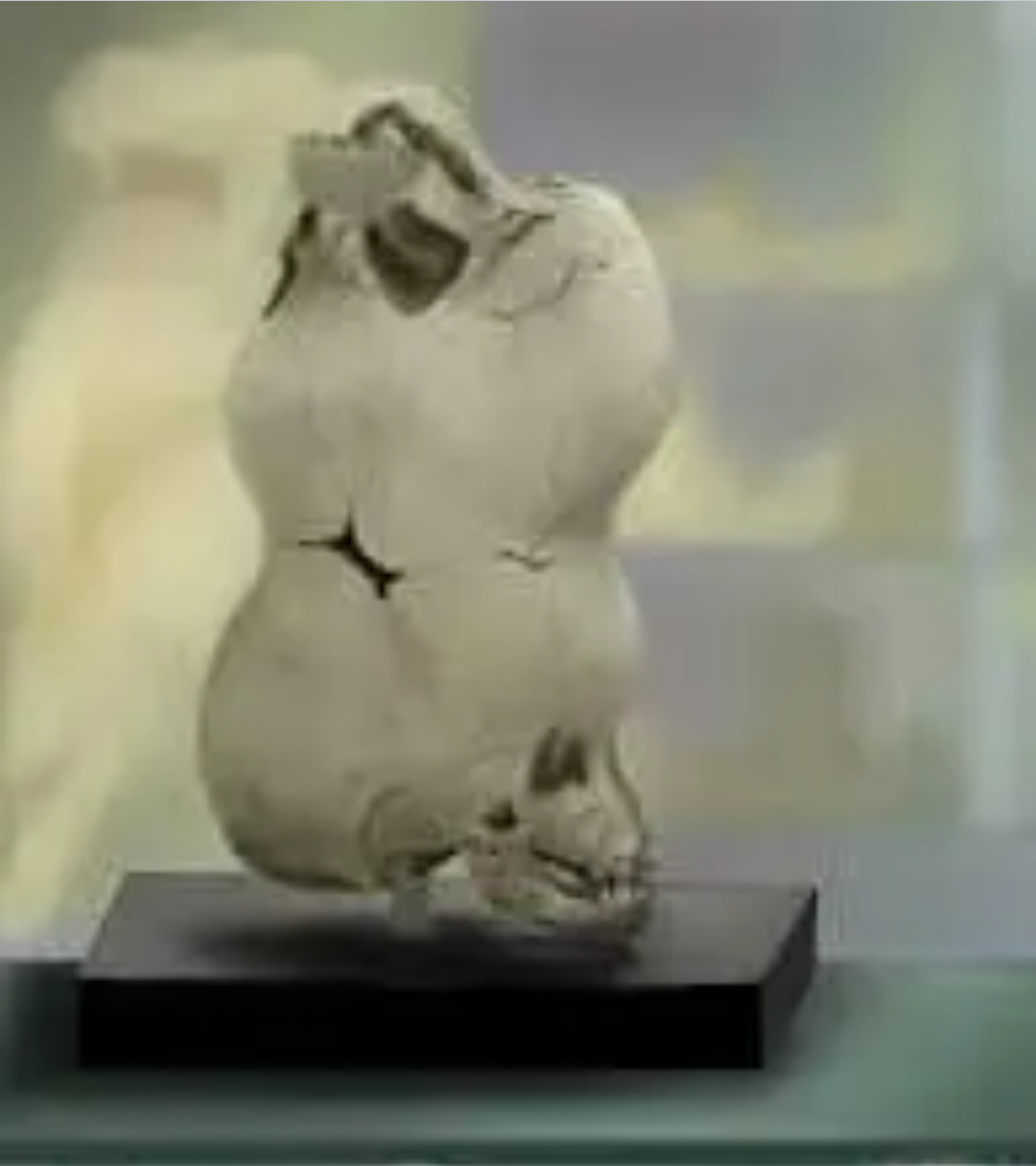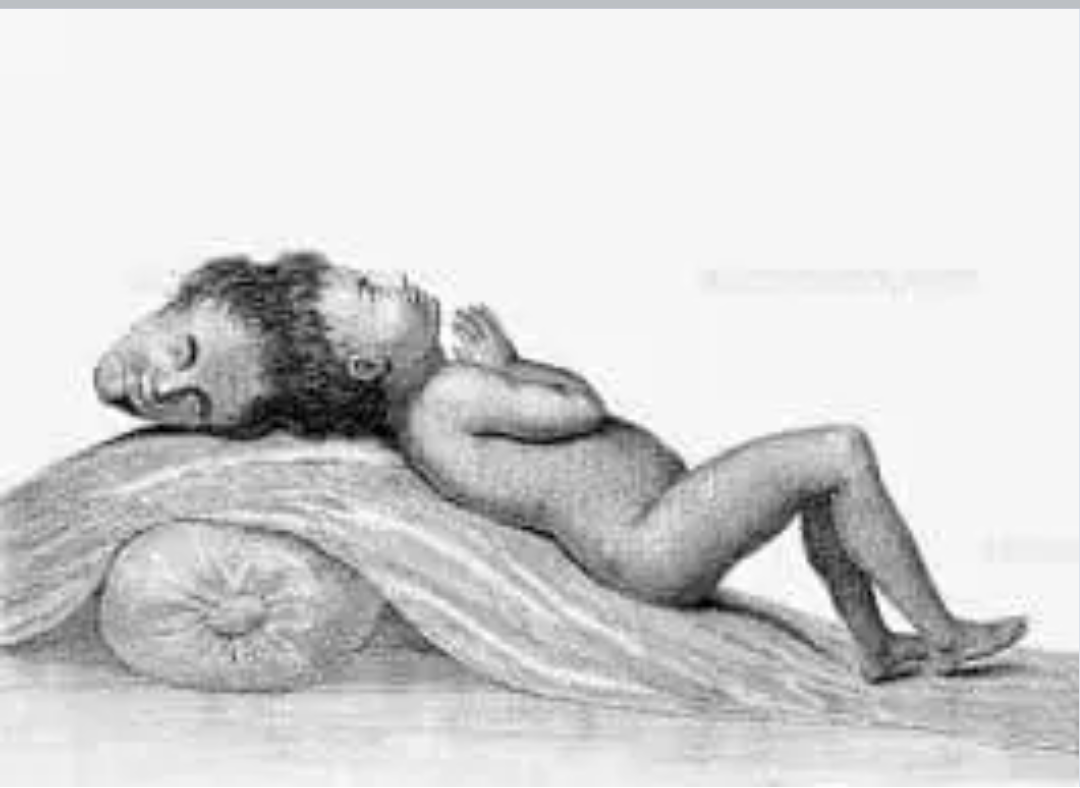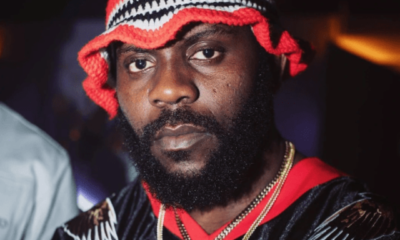History & Records
Meet the “Two-Headed Boy of Bengal”
Born in 1783 at the village of Mandal Ghat in the New Jalpaiguri district of the Indian state of West Bengal. The Bengali boy had a congenital case of craniopagus parasiticus.

Craniopagus parasiticus is a medical condition of a conjoined parasitic twin that consists of a head joined to the other twin’s head.
Craniopagus parasiticus is an extremely rare type of parasitic twinning occurring in about 4 to 6 of 10,000,000 births.
So far, only four cases have been documented by modern medicine to have survived birth. However, only ten cases of craniopagus parasiticus have been reported in the medical research literature.
Perhaps, the most spectacular thing about this boy is that, his second head was functional because he claimed the ability to hear thoughts from it. He also claimed it spoke to him.
Sadly, the two headed boy died after being bitten by a cobra and his skull remains in the collection of the Hunterian Museum of the Royal College of Surgeons of London to this day.
When I was little, my mom was in the habit of motivating me to be better because as she said, “other kids do not have two heads”.
Here’s a case that proves her wrong


-

 Celebrity Gossip & Gist1 day ago
Celebrity Gossip & Gist1 day ago“The money wey dem pay me don expire” – Moment Burna Boy stops his performance at the Oando PLC end of the year party (Video)
-

 Economy1 day ago
Economy1 day agoGoods worth millions of naira destroyed as fire guts spare parts market in Ibadan
-

 Celebrity Gossip & Gist9 hours ago
Celebrity Gossip & Gist9 hours agoMoment stage collapses on Odumodublvck during concert performance (Video)
-

 Economy8 hours ago
Economy8 hours agoPresident Tinubu cancels Lagos engagements in honor of food stampede victims




